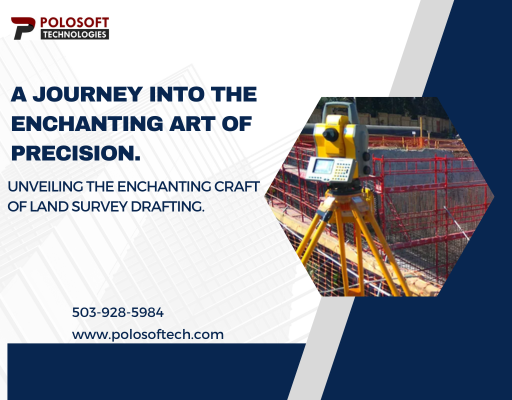5 Ways LiDAR Data Processing Services is Shaping Urban Development

In the ever-evolving landscape of urban development, technological advancements play a pivotal role in reshaping our cities. One such technology making waves is LiDAR, and its impact is not limited to just capturing three-dimensional images. The real game-changer lies in LiDAR data processing services, which are revolutionizing how cities are planned, developed, and optimized. Here are five ways LiDAR data processing services are transforming urban development. Precision Mapping for Smart Planning: LiDAR, short for Light Detection and Ranging, is a remote sensing technology that uses laser light to measure distances and create detailed, accurate maps. When coupled with advanced data processing services, this technology allows urban planners to create highly precise maps of the cityscape. From accurately measuring terrain elevations to mapping the intricate details of buildings and infrastructure, LiDAR data processing provides a solid foundation for smart city planning. This precision ...





